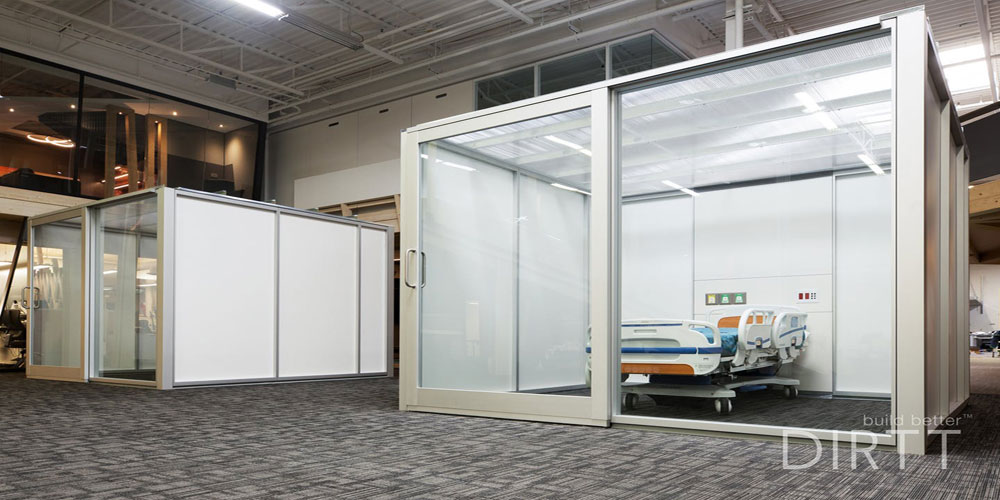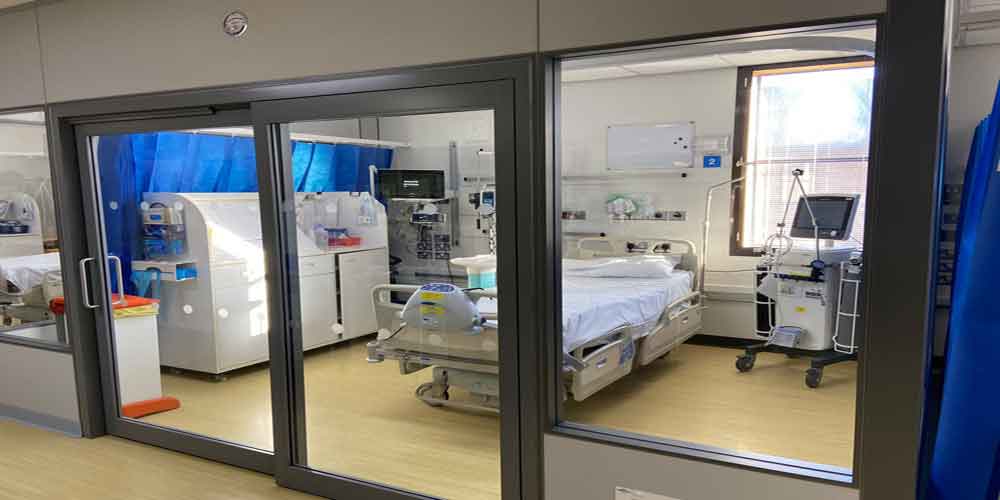Isolation Rooms in Modern Healthcare – Ensuring Safety, Preventing Spread, and Protecting Lives
As modern healthcare continues to advance, the focus on patient safety and infection control has never been more critical. In light of recent global health challenges, the need for robust measures to prevent the spread of contagious diseases within healthcare facilities has become evident. One groundbreaking solution that is rapidly gaining recognition and implementation is the introduction of Isolation Rooms.
What are Isolation Rooms?
Isolation Rooms, also known as isolation chambers or isolation units, are specialised spaces within healthcare facilities designed to contain and control the spread of infectious agents. These rooms are equipped with advanced ventilation systems and airtight construction to ensure the isolation of patients with contagious diseases from the rest of the hospital environment.
Key Features and Benefits
Infection Control: The primary purpose of isolation rooms is to prevent the transmission of infectious diseases, including airborne, droplet, and contact-based illnesses. By isolating infected patients, healthcare facilities can contain outbreaks and protect other vulnerable patients, healthcare workers, and visitors from exposure.
Advanced Ventilation: Isolation rooms are equipped with state-of-the-art ventilation systems that facilitate proper air exchange, thereby reducing the concentration of infectious agents in the air. Negative pressure systems help ensure that air flows into the room, preventing contaminated air from escaping and spreading the infection.
Enhanced Safety Measures: In addition to ventilation systems, isolation rooms are equipped with personal protective equipment (PPE) stations, allowing healthcare workers to suit up properly before entering the room and ensuring their safety throughout the patient care process.
Patient-Centric Care: Despite being in isolation, patients within these rooms receive the same level of medical attention and care as other patients. Healthcare professionals can still communicate and provide necessary treatments while adhering to strict infection control protocols.
Flexibility and Adaptability: Isolation rooms can be designed to meet the specific needs of various infectious diseases. They are customisable, allowing healthcare facilities to adapt swiftly to new and emerging threats.
Public Health Preparedness: With the threat of new infectious diseases always looming, having isolation rooms in place enhances a hospital’s readiness to respond to public health emergencies effectively.
Reduced Cross-Contamination: By isolating infected patients, the risk of cross-contamination between patients, visitors, and healthcare staff is significantly minimised.
Implementation and Training
The successful integration of isolation rooms requires a combination of careful planning, proper design, and rigorous training. Healthcare facilities must collaborate with architects, engineers, and infection control experts to design isolation rooms that meet the highest safety standards. Moreover, healthcare staff should receive specialised training on infection prevention, proper use of PPE, and protocols specific to the isolation environment.
A Step Towards a Safer Future
The introduction of isolation rooms marks a pivotal moment in modern healthcare. By prioritising patient safety and infection control, these dedicated spaces demonstrate the healthcare industry’s commitment to providing the best care possible to all patients, regardless of their infectious status.
As we continue to learn and adapt from global health challenges, isolation rooms will undoubtedly play an integral role in safeguarding public health and protecting lives in the years to come. Together, we can build a safer, healthier future for everyone.



